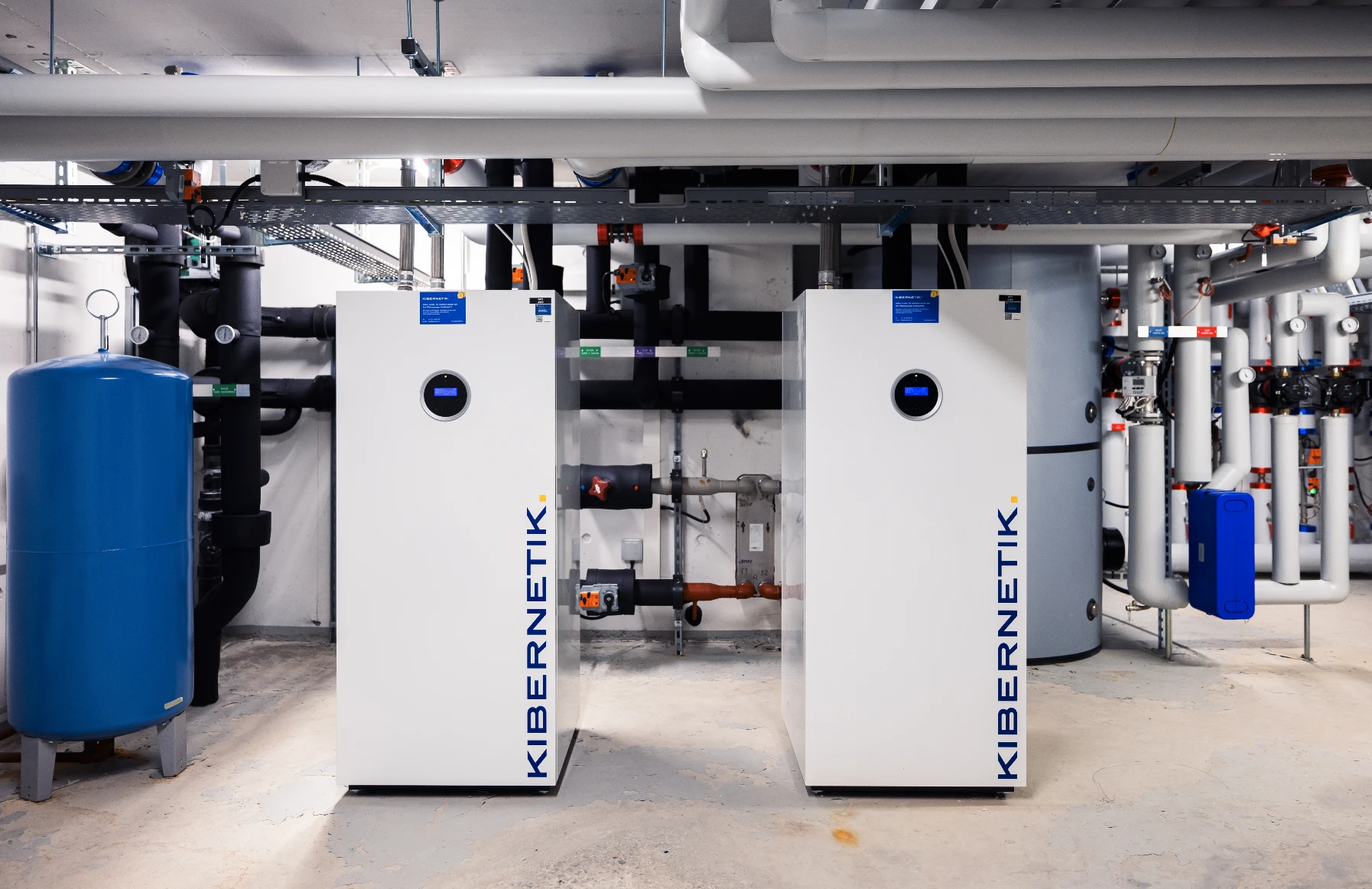How to properly create a building expense statement?

The breakdown of building charges, also known as "charges account" or "annual breakdown," is a financial document detailing the expenses related to the operation of a building. This document is usually prepared once a year and is intended for tenants or co-owners.
The building charges may include everything related to heating and hot water expenses, maintenance of technical equipment, and administrative costs of the owner.
Throughout the year, the owner or the co-ownership administrator collects monthly advances from residents to spread the financial burden over the entire year.
Moreover, since 2017, a new regulation governs the cost allocation. This is the Individual Calculation of Energy and Water Costs in Switzerland (DIFEE, in French) implemented by the Federal Office of Energy (OFEN). It replaces, for new buildings, the previously available model: the Individual Calculation of Heating and Hot Water Costs (DIFC).
Applicability of the DIFEE Model
The DIFEE model for cost calculation and distribution requires compliance with two fundamental conditions:
- The building is new or renovated according to modern insulation standards.
- Individual heating and hot water meters are installed to precisely measure the consumption of each apartment.
Four Categories of Charges
The various charges are divided into four categories:
- Room heating
- Production of hot water (energy for heating water)
- Cold water: in case of individual cold water meters, adding the cold water consumption to the hot water consumption gives the total water consumption of an apartment and allows for the distribution of water supply and purification costs. In the absence of cold water meters, water supplier invoices are divided according to the area of each unit.
- Miscellaneous expenses: all other expenses dependent on the lease signed with tenants. They are divided based on occupied areas: electricity consumption for common areas, elevator maintenance, etc.
In the context of a rental building, all these charges must be explicitly mentioned in the lease agreement.
Installation of Required Meters
Individual metering of heating and water allows for the fairest possible distribution of heating costs among the occupants of a building.
According to the DIFEE requirements, the following must be installed:
- One thermal energy (heating) meter per apartment
- One hot water meter per apartment
- One thermal energy meter at the boiler outlet to measure the entire consumption and deduce the share of common areas
- One thermal energy meter at the entrance of the water heater to measure the energy required for hot water production
Additionally, if it is desired to evenly distribute consumption and water purification costs, a cold water meter is installed for each apartment as well as for common areas (laundry room, irrigation, etc.).
The proper positioning of meters is a key element of reliable billing. Therefore, we recommend following the recommended connection diagrams HERE.
How Climkit Can Assist You in Charge Breakdown?
Collecting readings from dozens of meters spread throughout a building is a tedious task. Typically, these readings can be taken via a central unit installed in the boiler room, but this requires the intervention of a specialized technician. Moreover, readings need to be taken with each move-in, and it's not possible to track consumption data on a day-to-day basis.
Climkit remotely collects meter readings and uses this metering data to fairly distribute charges among residents, taking into account their respective consumption and occupancy periods.
Climkit offers two options to owners and managers:
- Meter readings and data provision: individual heating and water meters are read daily, and consumption data per occupant is provided to the owner (or co-ownership manager) so they can make allocations and bill consumption using their own management system.
- Tool for generating breakdowns: the owner has access to the Climkit online application to generate breakdowns. They input various charge invoices on the portal and choose the allocation key according to their type (e.g., based on meters or apartment areas).
Tracking Daily Energy Consumption
Residents have access to real-time heating and water consumption data through the Climkit mobile application. This allows them to quantify the impact of their behavior on consumption and adopt better habits to save money, such as lowering room temperatures and avoiding leaving windows open.
As for the owner, they can monitor the evolution of heating and water consumption and detect any deviations or issues to correct them immediately.
The DIFEE building charge allocation model provides a fair solution for distributing costs among residents while making them aware of their individual consumption and the importance of reducing it.
However, its implementation requires careful planning, especially regarding the installation of individual meters during building construction and the precise drafting of the lease agreement detailing the included charges.
Moreover, using a meter remote reading and breakdown generation system, such as Climkit, significantly simplifies management by eliminating the need for manual meter readings and providing a specialized computer tool for generating breakdowns efficiently and accurately.
About Climkit
Climkit has been promoting the production of photovoltaic electricity since the launch of its solution in 2017 for managing the self-consumption groups in Vevey (VD).
Since then, we have extended our offer to all forms of energy and consumption in a building: heat, cold, water, laundry, electric mobility, etc. We facilitate the management of your building thanks to our counting, billing, visualization and optimization tools. Active throughout Switzerland, we work with local professional companies for the design and installation of our products. We're also proud that our Community solution has been approved by the Solar Impulse Foundation.
Our entire team is available to assist you in your projects, as we support the 1500 RCPs who place their trust in us!
